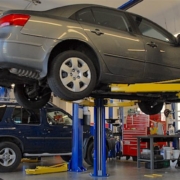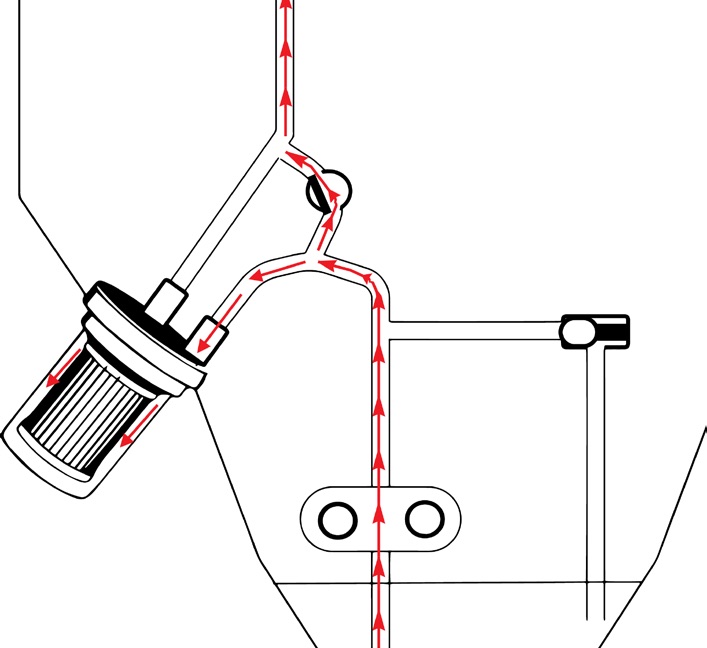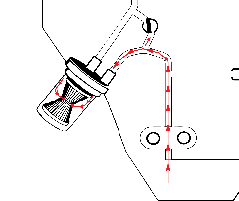NAPA Know How: What Causes Oil Filter Bloat?
Occasionally, you may remove a spin-on oil filter to find that it has become bloated at or near the top of the can. Because no other damage is evident, other than the deformed shape of the filter, the belief is that the product is exhibiting a manufacturing defect. This is most often not the case. But what causes oil filter bloat?
When Things Go Right
Under normal operating conditions, oil is forced by the oil pump throughout the engine for the purpose of both lubricating and cooling various internal engine components.
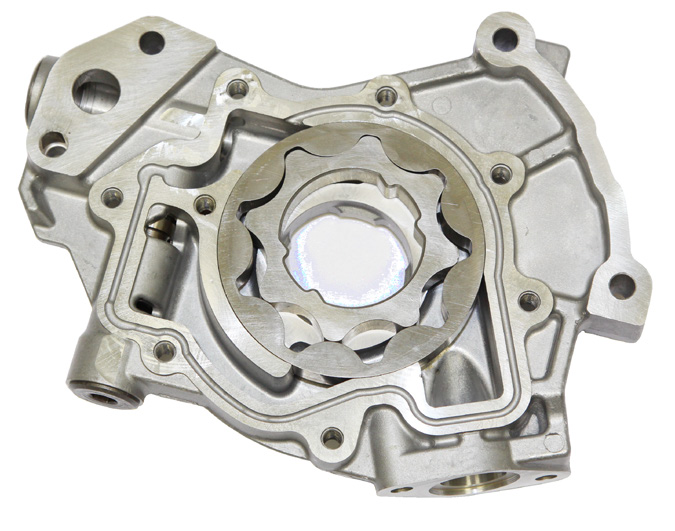
High flow from the oil pump causes the Pressure Relief Valve to open, thereby regulating system pressure.
Each vehicle has a predefined normal operating oil pressure which is set by the manufacturer and controlled by the use of a Pressure Relief Valve. The Pressure Relief Valve is most commonly located in the oil pump, where it opens and closes to regulate the flow of oil.
When Things Go Wrong
If this valve becomes defective or fails to function, the lubrication system will experience either low or high oil pressures.
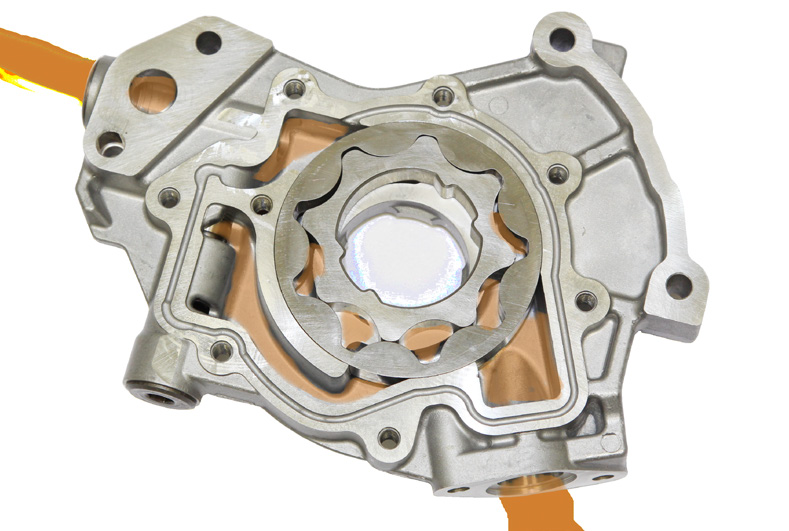
Pressure Relief Valve is stuck in the open position allowing the oil to return to sump.
When the valve becomes stuck in the open position, the vehicle may experience low oil pressure as oil flow is allowed to immediately return to the oil sump.
When the valve is stuck in the closed position, the lubrication system can be subjected to the maximum flow rate of the oil pump. This equates to an increase in oil pressure.
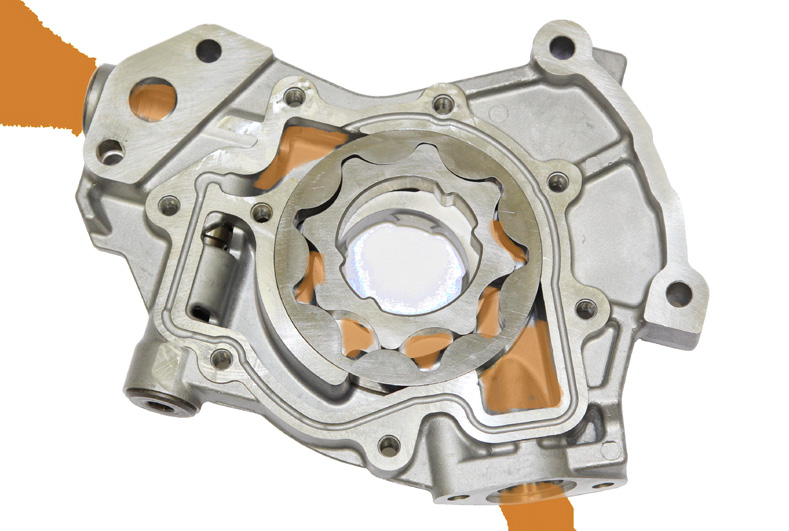
Pressure Relief Valve is stuck in the closed position allowing the pump’s complete oil volume to reach the filter.
Since the oil filter is located after the pump, it is often first to be subjected to the uncontrolled surge in oil pressure. If this occurs, the filters will begin to deform or “bloat”. If not corrected, the filter’s baseplate may also bend allowing the gasket to become displaced. A displaced gasket will result in rapid oil loss which may result in engine failure.
Oil filter bloat is a warning indicator that the system’s Pressure Relief Valve has at some point failed. Like many early stage mechanical failures, a sticking valve may be sporadic or even the result of temporary climatic conditions such as very cold morning. In either case, the sticky valve must be remedied to avoid damage to the filter and potentially the vehicle’s engine.

